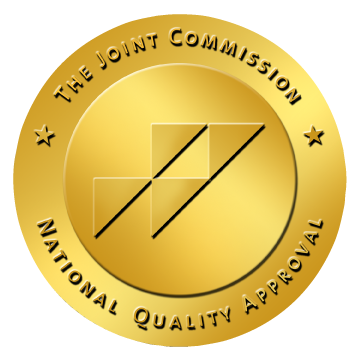Bipolar disorder, a severe mental health condition marked by significant mood swings, including emotional highs (mania or hypomania) and lows (depression), is challenging to diagnose in anyone. However, diagnosing this disorder in teenagers is particularly complicated. The volatility of adolescence, marked by rapid developmental changes and emotional instability, often mirrors some symptoms of bipolar disorder, making it difficult for healthcare providers to distinguish between typical teenage behavior and signs of a more severe condition.
Adolescence is a critical period for emotional, physical, and psychological development. Teenagers experience rapid hormonal changes that can naturally cause mood swings, irritability, and other behaviors that might be mistaken for symptoms of bipolar disorder. The line between normal adolescent turbulence and genuine mental health issues can be incredibly thin and blurred.
Many symptoms of bipolar disorder, such as mood instability, impulsive behavior, and erratic sleep patterns, are also common in other adolescent issues like ADHD, anxiety disorders, and major depression. This overlap can lead to misdiagnosis or an underestimation of the complexity of a teen's psychological state. For instance, the impulsivity seen in ADHD can be very similar to the impulsivity observed in the manic phases of bipolar disorder.
Bipolar disorder itself manifests in different types: Bipolar I, Bipolar II, and Cyclothymic Disorder, each with distinct characteristics and varying severities of mood elevation. In teens, these presentations can be even more varied and not fully fit the criteria established for adults. For instance, pediatric bipolar disorder might present with more rapid cycling between moods, and the manic phases might not be as pronounced as seen in adults.
Teenagers with bipolar disorder might exhibit symptoms that are less typical than those seen in adults. For example, while adults in a manic phase might show elation, teens are more likely to exhibit irritability and aggression. This difference in symptom presentation can lead to confusion and misdiagnosis, often with clinicians mistaking these signs for behavioral problems or oppositional defiant disorder.
Many teenagers hesitate to seek help or discuss their feelings openly, often due to stigma or fear of being misunderstood. This reluctance can delay the diagnosis of bipolar disorder significantly. Even when they do seek help, the subtlety of symptoms like depressive moods or the euphoria of manic episodes can be misunderstood as just part of being a teenager rather than indicators of a disorder.
Bipolar disorder affects about 1-2% of adolescents, though this estimate might be higher when considering broader mood issues. Diagnosing the disorder in teens is complex, and often, more evident symptoms emerge during late adolescence or early adulthood, which can lead to underdiagnosis or misdiagnosis. Awareness and understanding of the condition are improving, leading to more accurate diagnoses and earlier interventions crucial for managing the disorder's impact on a teen's education, social life, and overall development.
The tools and criteria used to diagnose bipolar disorder are primarily designed with adults in mind, and these might not always capture the nuances of adolescent behavior and development. Furthermore, clinicians must rely heavily on self-reported symptoms and observations from parents or teachers, which may not always provide a complete picture of the teen's emotional and psychological state.
The consequences of not accurately diagnosing bipolar disorder in teens are substantial. Misdiagnosis can lead to treatments that do not address the underlying issues, possibly worsening the condition. Moreover, without appropriate treatment, teenagers might struggle with academic performance, social interactions, and maintaining healthy self-esteem, which can have long-lasting impacts on their adult lives.
Enhancing the understanding of how bipolar disorder manifests in teenagers is crucial. This might involve developing age-specific diagnostic criteria and training for mental health professionals to recognize the unique signs of bipolar disorder in adolescents. Increasing awareness about the specificities of bipolar disorder in teens among educators and parents is also vital to ensure early and accurate detection.
In conclusion, while the diagnosis of bipolar disorder in teens is fraught with challenges, with improved diagnostic strategies and a deeper understanding of adolescent mental health, it is possible to identify and treat this disorder more effectively. Early intervention is critical to helping affected teens manage their symptoms and lead fulfilling lives. Contact us today to speak to one of our experts.
